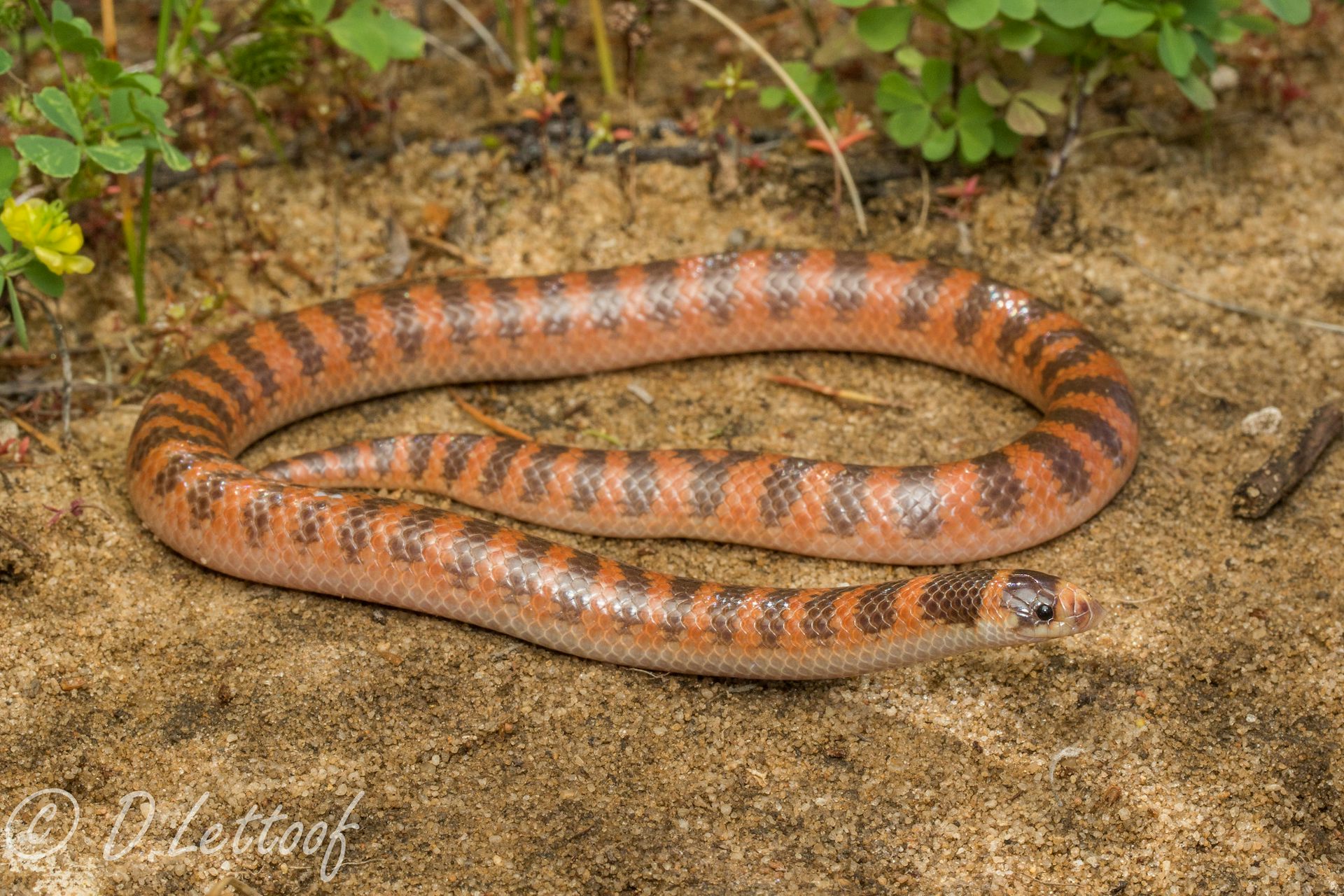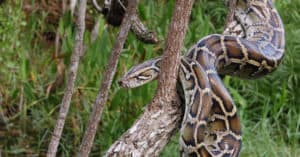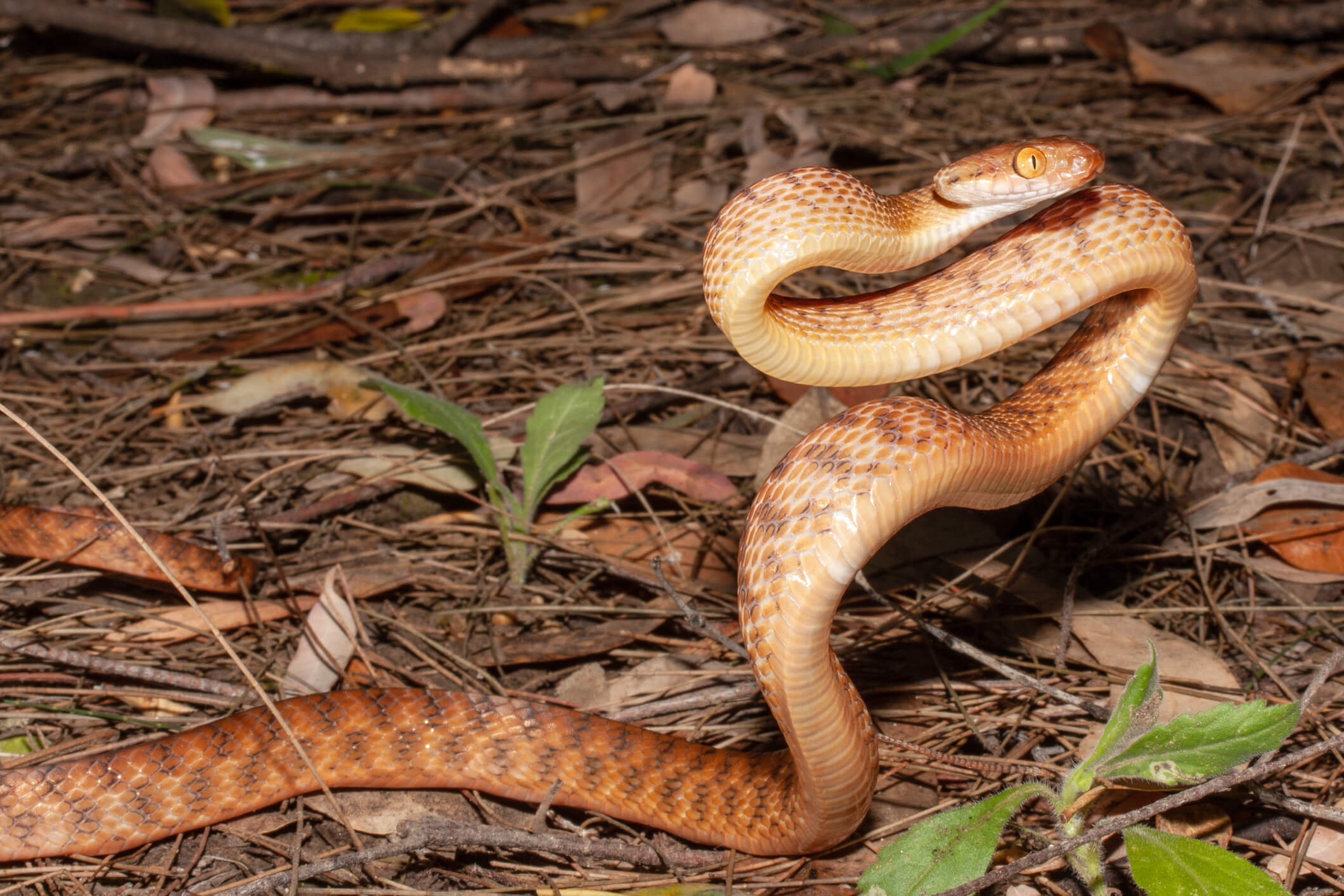Introduction
Encountering a serpent in the wild can be an electrifying experience, but it can likewise lead to possibly dangerous scenarios, specifically if bitten. Amongst the different types of serpents discovered in Australia, the tiger snake sticks Yellow faced whip snake bite symptoms out as a result of its aggressive nature and powerful venom. This article provides a detailed overview on emergency treatment for serpent bites, especially concentrating on tiger serpent encounters. Armed with knowledge and preparedness, you can dramatically boost results in situation of a snake bite.
First Aid for Serpent Bites: A Step-by-Step Guide for Tiger Snake Encounters
Understanding Tiger Snakes
What Are Tiger Snakes?
Tiger serpents ( Notechis scutatus) are one of Australia's most infamous serpents. They are well-known by their unique banded patterns that look like a tiger's red stripes, hence their name. These serpents are mostly found in seaside areas and marshes throughout southern Australia, consisting of Tasmania.

Are Tiger Snakes Venomous?
Yes, tiger serpents are highly poisonous. Their poison consists of neurotoxins that impact the nerves and can result in paralysis or even fatality if left unattended. It's critical to have appropriate expertise about these creatures and their environments to minimize risks when coming across them.
Tiger Serpent Environment and Behavior
Where Do Tiger Snakes Live?
Tiger serpents live in a variety of settings ranging from coastal marshes and swamps to meadows and woodlands. They prefer areas with ample cover such as thick plants or rocks where they can conveniently camouflage themselves from predators.
Behavioral Patterns of Tiger Snakes
These serpents are largely nighttime however might additionally be active during the day. They show defensive habits when endangered, such as hissing loudly or squashing their bodies to appear larger. Recognizing their behavior can aid you prevent close encounters.
Identifying a Tiger Snake Bite
What Does a Tiger Serpent Bite Look Like?
A tiger serpent bite commonly leads to two leak injuries that might be come with by swelling, bruising, and discoloration around the bite area. Signs might vary depending on the quantity of venom injected; some people might experience nausea or vomiting, vomiting, problem breathing, or paralysis.
Snake Bite Signs and symptoms: What To Enjoy For?
- Pain at the bite site Swelling and bruising Nausea Dizziness Confusion Difficulty breathing
Recognizing these signs early is vital for prompt treatment.
First Aid for Serpent Bites: Initial Actions to Take
1. Continue to be Calm:
The initial step is to keep one's cool-- this will help slow your heart rate and decrease the spread of poison via your bloodstream.
2. Call Emergency Services:

3. Debilitate the Affected Limb:
Maintain the affected arm or leg as still as feasible to prevent venom from spreading. Make use of a splint if available.
4. Maintain the Sufferer Still:
Urge the target to stay still while waiting for medical support; movement can worsen symptoms.
What Not To Do When Dealing With a Serpent Bite
Avoid Common Myths: What Truly Doesn't Help?
- Do not use ice directly on the bite area. Do not use a tourniquet, as this can cut off blood circulation entirely. Do not suck out venom with your mouth. Avoid alcohol, as it can exacerbate symptoms.
It's vital to expose these myths-- incorrect activities can aggravate the situation significantly!
Creating Your First Aid Package for Serpent Bites
Essential Things for Your First Aid Set:
A well-stocked first aid kit specifically created for snake attacks must include:

|Product|Objective|| ----------------------------|------------------------------------------|| Pressure Bandage|To debilitate Brown Snake limb|| Splint|To maintain afflicted location|| Antibacterial Wipes|For cleaning small cuts|| Emergency Situation Contact Card|Essential numbers|| Instruction Manual|For quick recommendation on treatments|
First Aid Administration of Snake Bites: Thorough Steps
Assess Severity: Promptly review if it's a lethal situation. Positioning: Lay sufferers level with feet raised unless they're revealing signs of difficulty breathing. Monitor Vital Indications: Keep an eye on breathing and pulse till aid arrives. Prepare for Transportation: When possible, prepare the victim for transportation by emergency responders while ensuring they're comfortable.FAQs About Tiger Snake Encounters
1. What need to I do if I see a tiger snake?
Stay tranquility, retreat gradually without prompting it, and look for secure sanctuary up until it leaves the area.
2. Can tiger snakes swim?
Yes! Tiger snakes are excellent swimmers and usually quest in water bodies.
3. For how long does it take signs to show up after a bite?
Symptoms can appear within mins yet might additionally take hours depending upon various aspects like individual responses and poison potency.
4. Exists an antivenom available?
Yes, there is an efficient antivenom offered specifically for tiger snake attacks administered by health care professionals upon arrival.
5. Exactly how can I protect against serpent bites?
Wear suitable shoes when hiking or strolling in bushland locations and stay alert while walking recognized environments like wetlands or marshes.
6. Are child tiger snakes dangerous?
Yes! Child tiger serpents are venomous much like grownups; however, they have a tendency to be less aggressive than fully expanded specimens yet must still be treated with caution.
Conclusion
Understanding just how skillstrainingcollege.com.au to react properly throughout a tiger serpent experience might save lives-- your own or someone else's! The importance of being prepared can not be overemphasized; knowing proper first aid procedures enables you not only to act promptly however intelligently when confronted with such emergencies. Constantly remember that avoidance is vital; knowing your environments can considerably decrease risks related to snake bites.
With this overview entitled "Emergency treatment for Snake Bites: A Detailed Guide for Tiger Serpent Encounters," we hope you're much better outfitted both emotionally and literally to manage any unexpected experiences with these interesting yet harmful creatures!